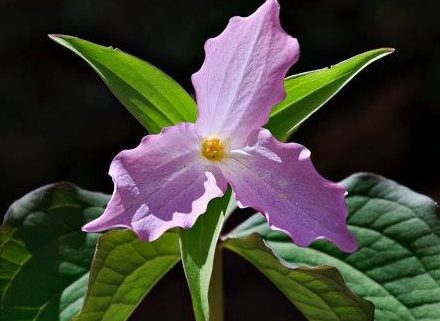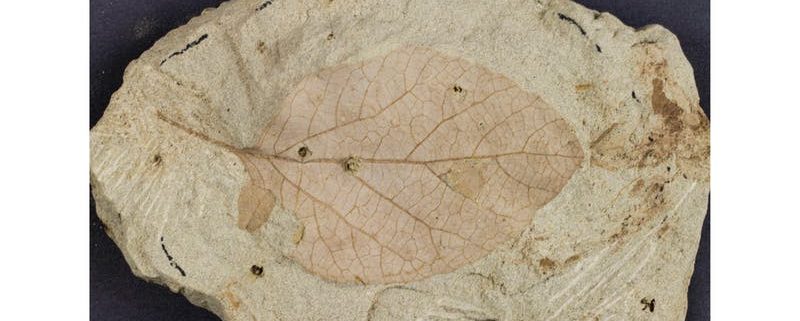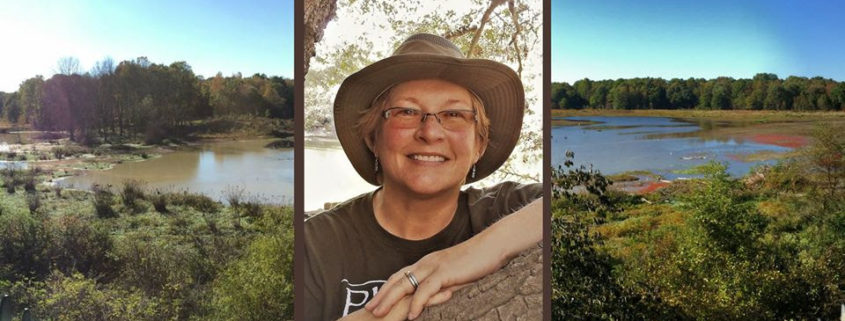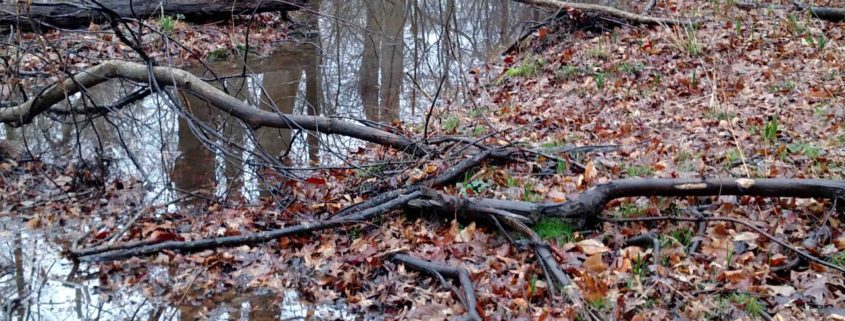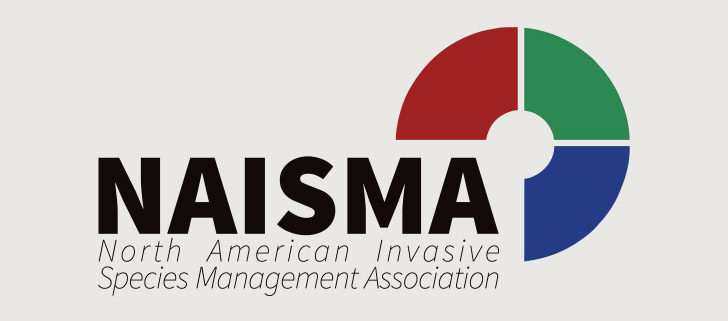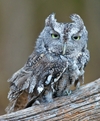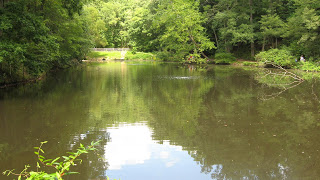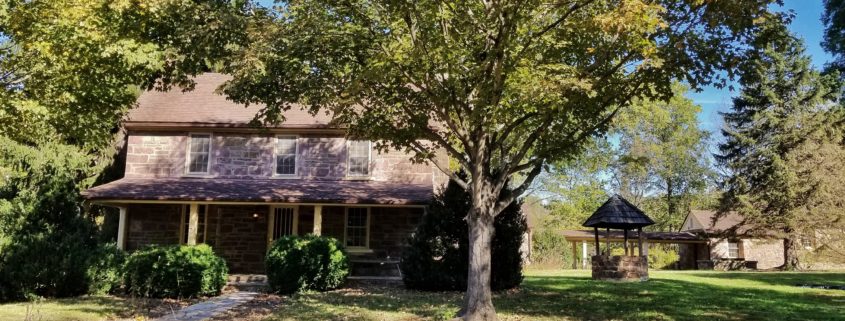On a recent sunny April afternoon, educator and vernal pool expert Michael Hayslett led a captivating exploration of vernal pools in the Accotink Creek watershed. Vernal, or ephemeral, pools are seasonal wetlands that provide essential habitat for a variety of life and breeding grounds for frogs and salamanders. Hayslett is conducting an inventory of vernal pools in Fairfax County as part of an initiative by the Fairfax County Park Authority. He shared his vast knowledge with locals from conservation volunteer groups, youthful naturalists and local governments. Vernal pools are vulnerable to a variety of threats associated with human impact, and this inventory will support efforts to monitor and protect them.
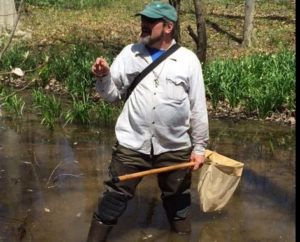
Hayslett nets the pool. Photo by D. Lincoln.
After decontaminating his boots by scrubbing them in a tub of bleach and water to protect amphibians from the dreaded chytrid fungus, Hayslett waded into a pool and began swooping the water with a net. He explained that in order for a pool to be classified as a vernal pool, it must house at least one indicator species. In this region there are four indicator species; the presence of wood frogs, spotted salamanders, marbled salamanders, or the less common fairy shrimp would indicate that the water is a vernal pool.
Hayslett scooped tadpoles into Ziploc® bags filled with water and handed them to his enthralled crowd, talking them through the steps to identify the tadpoles. Did we have an indicator species? How long were the tadpoles? Were their backs very black? Did their bellies have a golden tinge? Bingo. They were wood frog tadpoles, an indicator species: this was a vernal pool. Hayslett had hoped to also find fairy shrimp.

Invertebrates collected at the site. Photo by D. Lincoln.
While he did not find any fairy shrimp that afternoon, Hayslett has discovered some in Fairfax County. Unlike frogs and salamanders, fairy shrimp never leave the pool, even as it dries out, but their eggs can remain viable in a dry environment for hundreds of years, hatching only when rains replenish the pool. The eggs can be transported to other pools by wind and by birds.
But why would anything adapt to a pool that’s constantly drying out? The biggest advantage is that fish can’t inhabit them so there’s no competition or predation from hungry fish. The disadvantage, of course, is that these fleeting pools can dry up before the creature has matured from its aquatic to its terrestrial stage, for example, from being a tadpole that needs water to survive, to a frog that can live on land and only needs water to breed. In Virginia, vernal pools range from natural upland wetlands independent of a stream, some of which date back twenty thousand years, to manmade structures that become functional vernal pools.
As the hike proceeded up the trail along the west side of Lake Accotink, the group moved on to a large manmade pond near the old railroad bed. Some surmise the pond, which is about the size of a baseball field, was built in the 19th century to hold water for the steam locomotives. Although the pond had held more than a foot of water a month ago, it was now a mud flat. The reason? A stand pipe, that was built to keep the water below a certain level, had been deliberately caved in, allowing the pond to drain under the railroad bed to the lake. A dead and dried-out mass of wood frog eggs indicated that the pond could be productive as a vernal pool if it was not intentionally drained.
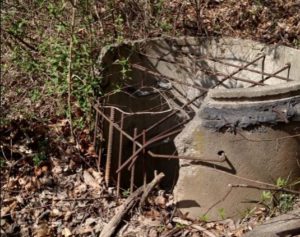
Smashed stand pipe. Photo by D. Lincoln.
Ironically, many such drainage efforts in the 20th century were intended to control mosquitoes. As it turns out, the mud flats are highly productive mosquito breeding grounds, whereas the damselflies and salamanders, who thrive in vernal pools, actually feed on mosquitoes and decimate mosquito populations. This provided an object lesson in how vernal pools have been destroyed through incorrect practices, but they could be brought back to productivity with relatively simple restorative measures.
Water levels in many Lake Accotink Park pool complexes have been controlled by culvert pipes installed to drain high water toward Accotink Creek. Fairfax County’s vernal pools are vulnerable to a variety of threats associated by human impact on the environment, and hopefully Hayslett’s inventory will support efforts to protect them. Hayslett encouraged anyone who has knowledge of a vernal pool that may not have been inventoried to contact him: Principal Consultant, Virginia Vernal Pools, LLC, www.virginiavernalpools.org.
Submitted by: Dave Lincoln and Beverley Rivera, Friends of Accotink Creek


